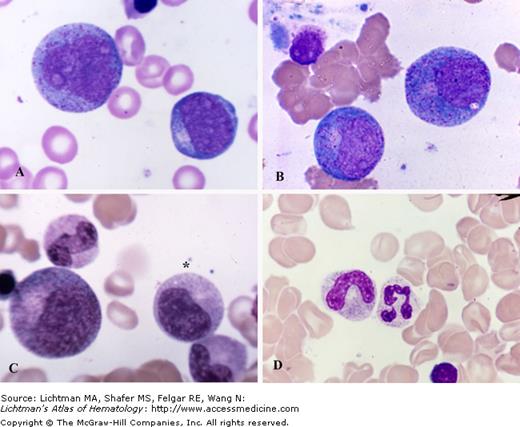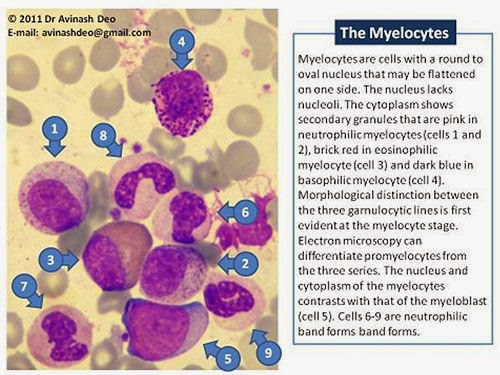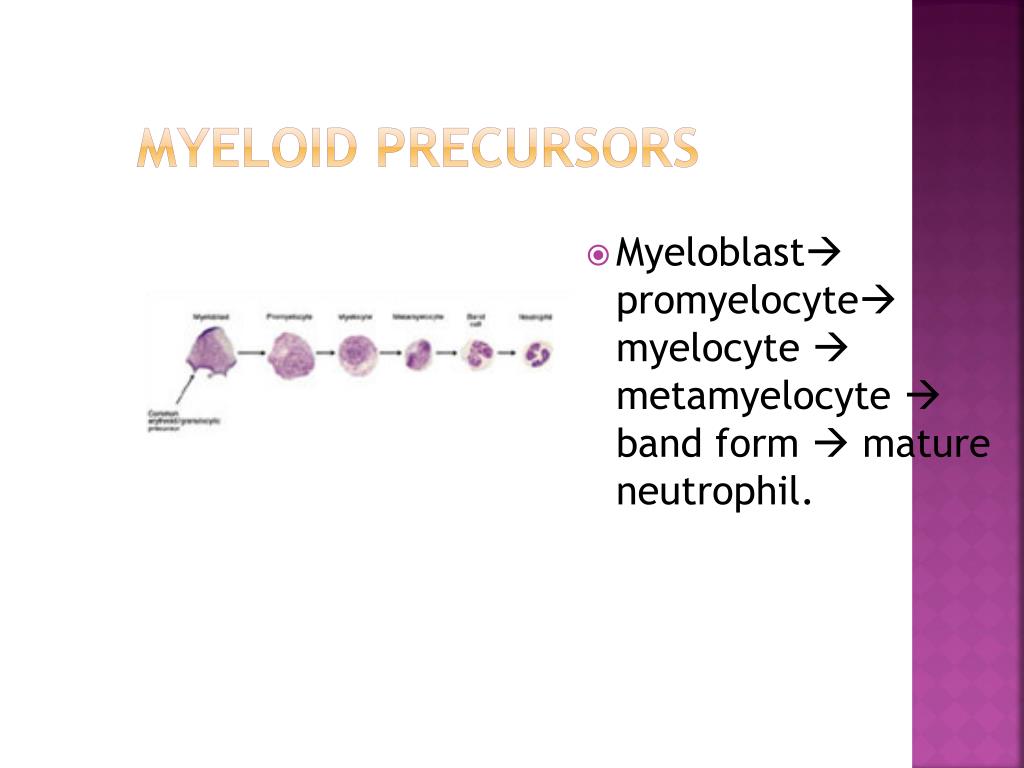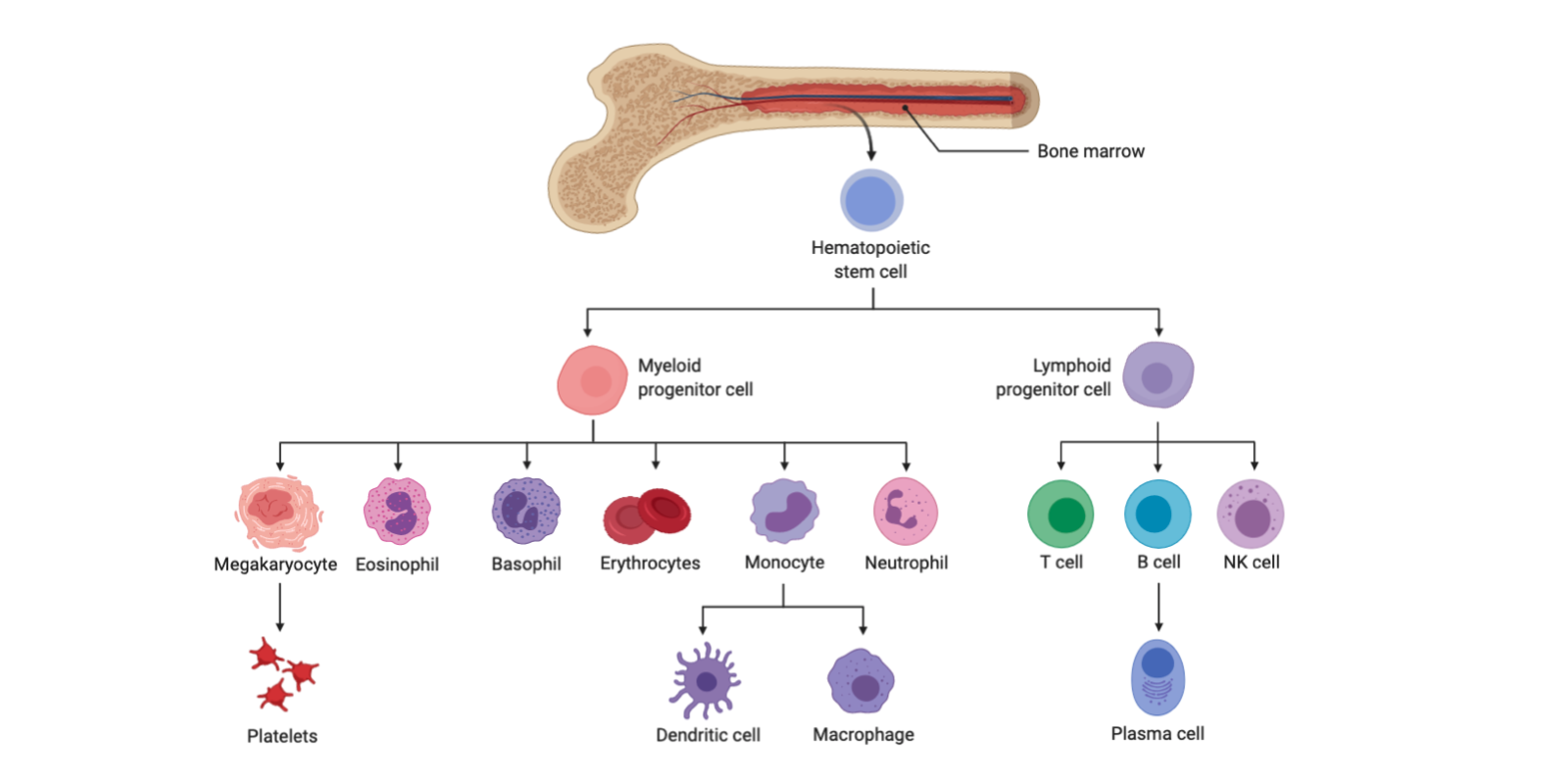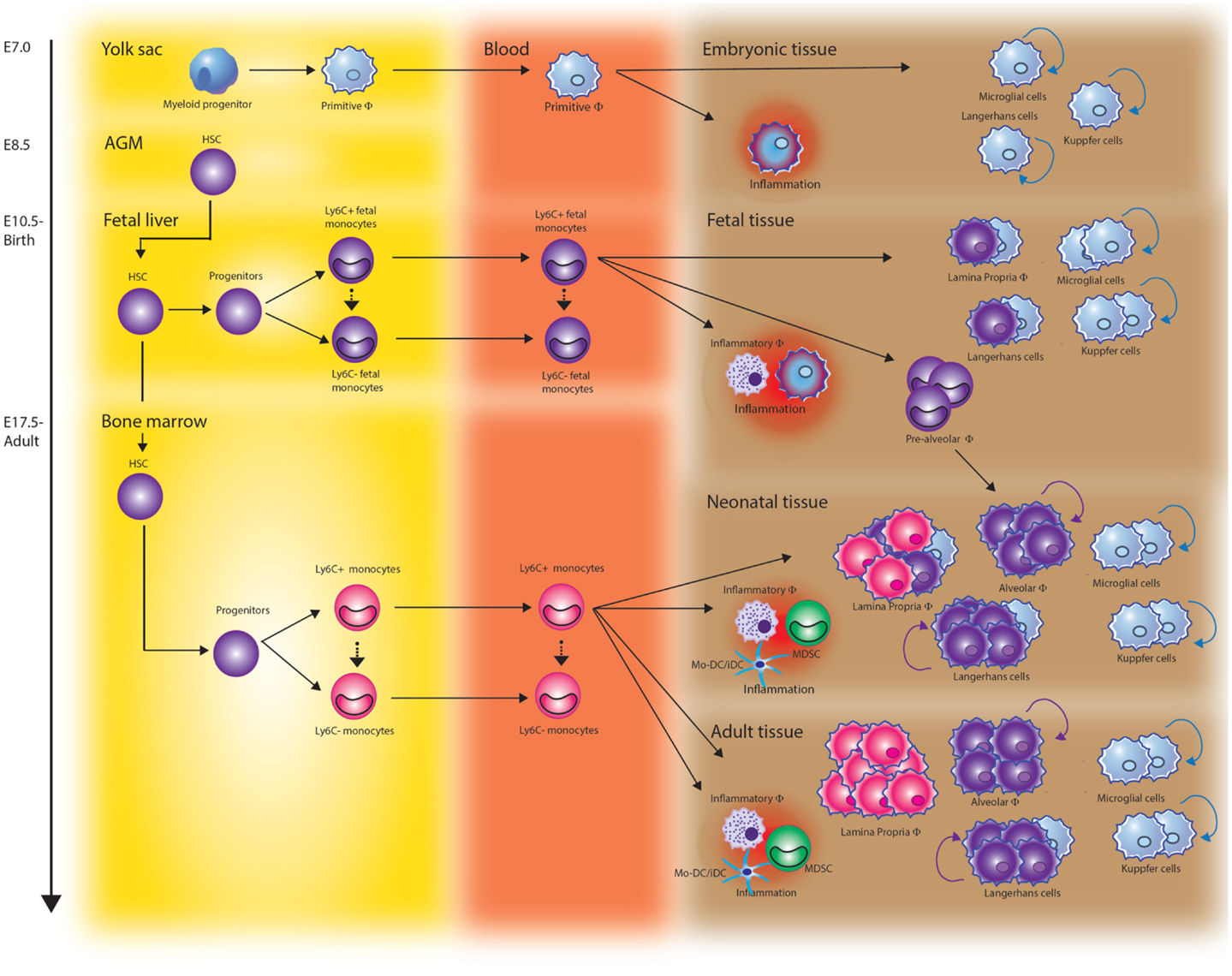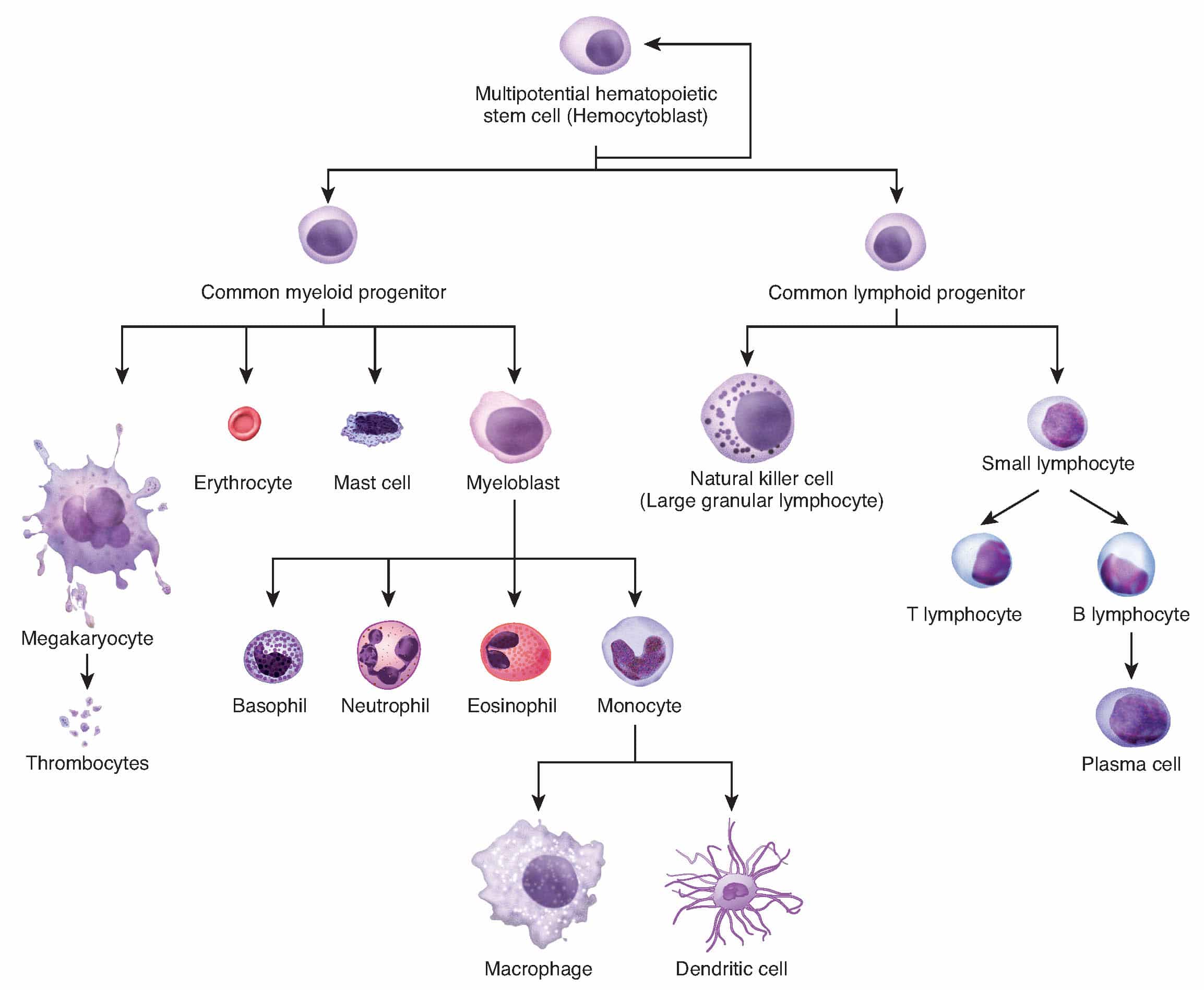What Is Myeloid Precursors Abs Auto
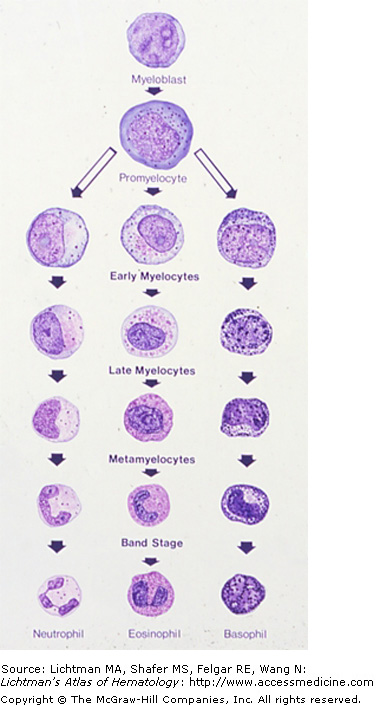
The detection of Myeloid Precursor Antibody (Abs) in autoimmune diseases is gaining increased attention in diagnostic and research settings. This test, often referred to as Myeloid Precursors Abs Auto, aims to identify autoantibodies targeting myeloid lineage cells, which play a crucial role in the body's immune response and blood cell production.
Understanding the implications of these autoantibodies is critical for both clinicians and patients. This article will delve into the specifics of Myeloid Precursors Abs Auto testing, its significance, and its potential impact on diagnosing and managing autoimmune conditions.
What are Myeloid Precursors Abs Auto?
Myeloid Precursors Abs Auto refers to the detection of autoantibodies directed against myeloid precursor cells. Myeloid precursors are immature cells in the bone marrow that differentiate into various mature blood cells, including neutrophils, monocytes, macrophages, and dendritic cells.
The presence of these autoantibodies indicates an autoimmune response where the body's immune system mistakenly attacks its own myeloid precursor cells. Such an attack can disrupt the normal production and function of these crucial blood cells.
Significance of the Test
The identification of Myeloid Precursors Abs Auto holds diagnostic and prognostic value, especially in autoimmune disorders. Autoimmune diseases, such as systemic lupus erythematosus (SLE) and antiphospholipid syndrome (APS), can manifest with diverse hematological abnormalities.
The presence of these autoantibodies may contribute to these abnormalities by interfering with myeloid cell development. Detecting these autoantibodies can assist in the differential diagnosis of conditions presenting with cytopenias (reduced blood cell counts) and inform treatment strategies.
How the Test is Performed
The Myeloid Precursors Abs Auto test is typically performed using a blood sample. The laboratory analyzes the sample to detect and quantify the presence of autoantibodies that bind to myeloid precursor cells.
Various methods, including flow cytometry and enzyme-linked immunosorbent assay (ELISA), can be employed for the detection of these autoantibodies. The specific methodology can vary depending on the laboratory and the clinical context.
Clinical Implications and Impact
The presence of Myeloid Precursors Abs Auto may be associated with various clinical manifestations. These can include neutropenia (low neutrophil count), thrombocytopenia (low platelet count), and anemia (low red blood cell count), all stemming from the disruption of myeloid cell development.
Furthermore, these autoantibodies might correlate with disease activity and severity in certain autoimmune conditions. Monitoring these autoantibodies could potentially provide insights into disease progression and response to therapy.
While research is ongoing, some studies suggest that elevated levels of Myeloid Precursors Abs Auto may predict a higher risk of specific complications in autoimmune diseases. More extensive studies are needed to fully elucidate their predictive capacity.
Future Directions and Research
Research is ongoing to better understand the role of Myeloid Precursors Abs Auto in autoimmune pathogenesis. Scientists are exploring the specific targets of these autoantibodies and their mechanisms of action in disrupting myeloid cell development.
Future studies will likely focus on refining the diagnostic criteria for Myeloid Precursors Abs Auto and establishing their clinical utility in risk stratification and treatment monitoring. Additionally, investigation into novel therapeutic strategies targeting these autoantibodies may offer new avenues for managing autoimmune diseases.
The identification of Myeloid Precursors Abs Auto has the potential to refine diagnostic accuracy, improve risk stratification, and inform personalized treatment strategies in autoimmune disorders. Continued research in this area promises to advance our understanding and management of these complex conditions.
